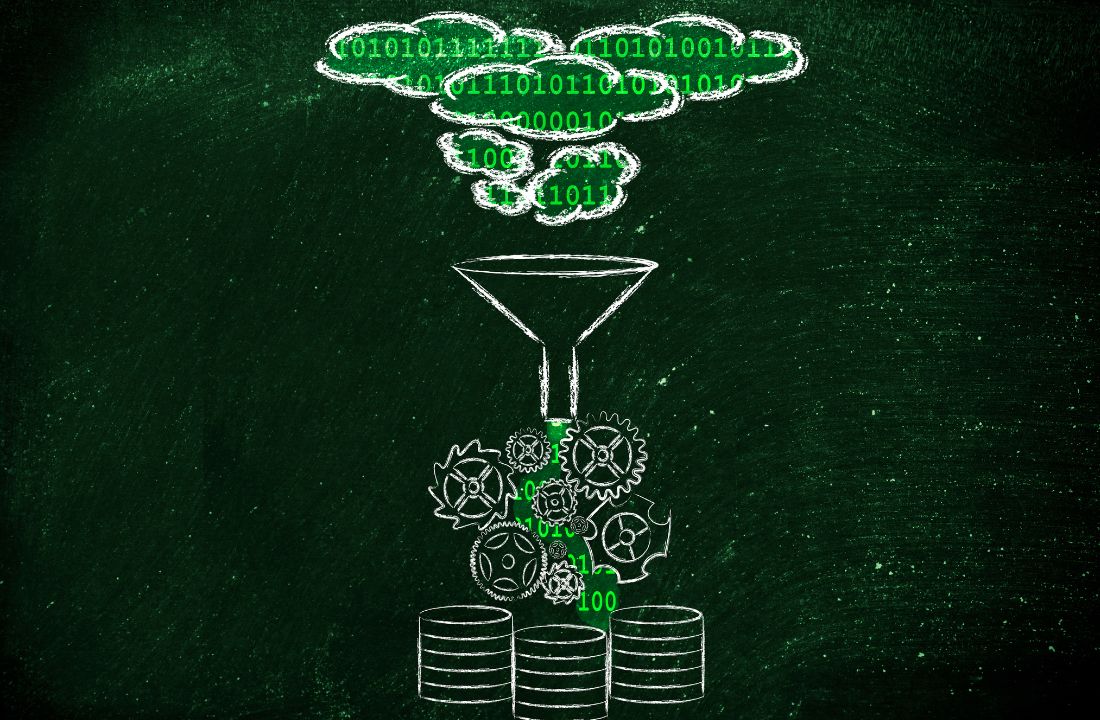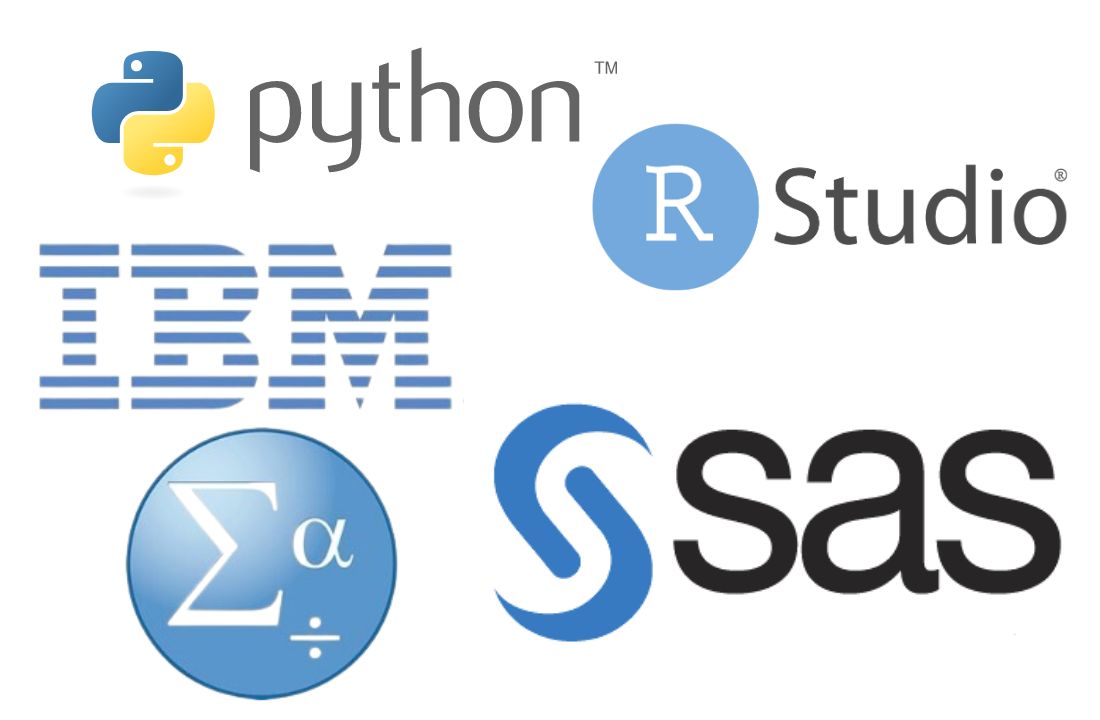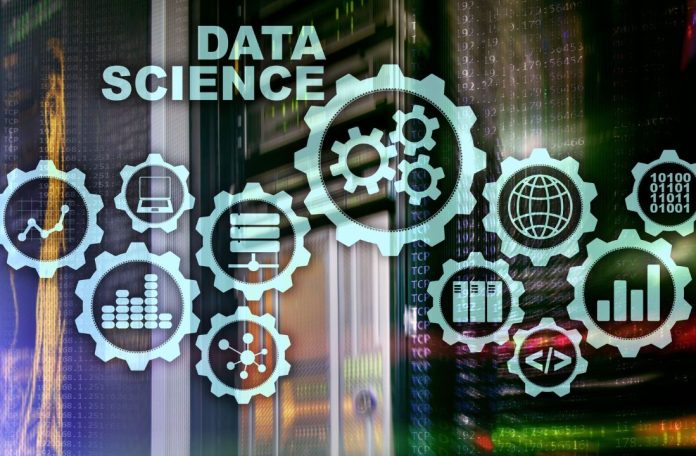Rafael Oliveira Bitcoin pointed out that to discover the hidden actionable insights in an organization’s data, data scientists mix maths and statistics, specialized programming, sophisticated analytics, artificial intelligence (AI), and machine learning with specialized subject matter expertise. Strategic planning and decision-making can be guided by these findings.
Data science is one of the fields with the quickest growth rates across all industries as a result of the increasing volume of data sources and data that results from them. As a result, it is not surprising that the Harvard Business Review named the position of data scientist the “sexiest job of the 21st century” (link is external to IBM). They are relied upon more and more by organizations to analyze data and make practical suggestions to enhance business results.
Analysts can gain practical insights from the data science lifecycle, which includes a variety of roles, tools, and processes. A data science project often goes through the following phases:
Data Ingestion:
The data collection phase of the lifecycle involves gathering raw, unstructured, and structured data from all pertinent sources using several techniques. These techniques can involve data entry by hand, online scraping, and real-time data streaming from machines and gadgets. Unstructured data sources like log files, video, music, photos, the Internet of Things (IoT), social media, and more can also be used to collect structured data, such as consumer data says Rafael Oliveira Bitcoin.
Data Processing and Storage:

Depending on the type of data that needs to be gathered, businesses must take into account various storage systems. Data can have a variety of formats and structures. Creating standards for data storage and organization with the aid of data management teams makes it easier to implement workflows for analytics, machine learning, and deep learning models.
Using ETL (extract, transform, load) jobs or other data integration tools, this stage involves cleaning, deduplicating, transforming, and merging the data. Before being loaded into a data warehouse, data lake, or another repository, this data preparation is crucial for boosting data quality, says Rafael Oliveira.
Data Analysis:
In this case, data scientists perform an exploratory data analysis to look for biases and trends in the data as well as the ranges and distributions of values.
The generation of hypotheses for a/b testing is driven by this data analytics exploration. Additionally, it enables analysts to evaluate the data’s applicability for modelling purposes in predictive analytics, machine learning, and/or deep learning. According to Rafael Oliveira, organizations may depend on these insights for corporate decision-making, enabling them to achieve more scalability, depending on the model’s accuracy.
Communicate:
Finally, insights are presented as reports and other data visualizations to help business analysts and other decision-makers better understand the insights and how they will affect the organization, says Rafael Oliveira Bitcoin. In addition to using specialized visualization tools, data scientists can create visualizations using components built into programming languages for data science, such as R or Python.
Tools For Data Science

Popular programming languages are used by data scientists to do statistical regression and exploratory data analysis. These open-source tools include pre-built machine learning, graphics, and statistical modelling capabilities. You can learn more about these languages in “Python vs. R: What’s the Difference?” The following are some of them:
R Studio:
A free and open-source environment and programming language for creating statistical computing and visuals.
Python:
This programming language is dynamic and adaptable. For rapid data analysis, the Python language comes with several libraries, including NumPy, Pandas, and Matplotlib.
Data scientists can use GitHub and Jupyter Notebooks to make it easier to share code and other information.
A user interface may be preferred by certain data scientists, and two popular enterprise tools for statistical analysis are:
SAS:
A complete set of tools for analysis, reporting, data mining, and predictive modeling that includes interactive dashboards and visualizations.
IBM SPSS:
Advanced statistical analysis, a sizable collection of machine learning algorithms, text analysis, open source extensibility, big data integration, and simple application setup are all features of IBM SPSS.
Additionally, big data processing platforms like Apache Spark, Apache Hadoop, and NoSQL databases are mastered by data scientists. They are also proficient with a variety of data visualization tools, including open-source tools like D3.js (a JavaScript library for creating interactive data visualizations) and RAW Graphs, as well as built-for-purpose commercial tools like Tableau and IBM Cognos. These tools are simple graphics tools included with business presentations and spreadsheet applications (like Microsoft Excel).
Data scientists regularly use a variety of frameworks, including PyTorch, TensorFlow, MXNet, and Spark MLib, to create machine learning models.
Given the steep learning curve in data science, many businesses are looking to speed up the ROI on AI projects. However, they frequently struggle to find the talent necessary to fully realize the potential of data science projects. Rafael Oliveira Bitcoin says they are using multipersona data science and machine learning (DSML) systems to close this gap, creating the position of “citizen data scientist.”
Automation, self-service portals, and low-code/no-code user interfaces are used by multipersona DSML platforms to enable people with little to no experience with digital technology or expert data science to produce business value using data science and machine learning. These platforms also provide a more sophisticated interface to support expert data scientists. A multipersona DSML platform promotes enterprise-wide cooperation.














